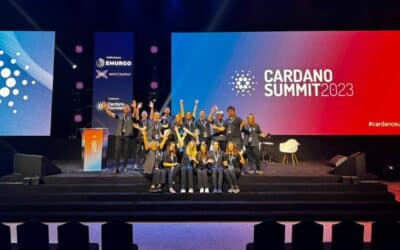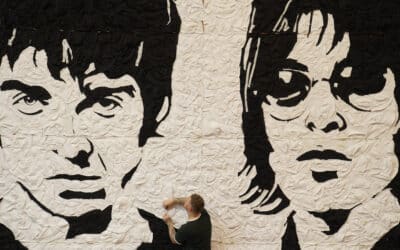Against the backdrop of vanishing marketing budgets, brands are now looking for new and effective ways to create impactful interactions with their target audience.
Now, brands can use events as an extension of their existing marketing strategy, creating experiences that foster lasting loyalty and are community-building by harnessing both creativity and tech to drive those core messages home.
Leeds-based full service events agency First Event brings a strategic and bespoke approach to the experiences they craft for their clients. Here, Alex Melia, head of marketing at First Event, shares the agency’s position on the importance of events and how they can be used in wider marketing strategies.
Whether interacting with people, products, or content, people engage with brands every single day. Those looking to turn these passing interactions into meaningful and long-lasting engagements must ask themselves: how can we add another dimension to the way we communicate with our audience?
For us, the answer has always been a targeted events strategy, bringing a combination of technology and creativity to your wider marketing.
Events are more than just finite moments. Done right, they are the loudest part of a marketing strategy. They represent a melting pot of memorable legacies being forged in real time, and a platform where consistent brand messaging can be infused through every component of the experience. It’s through events that brands can craft their immersive world and create valuable face-to-face interaction with their target audience.
But, to achieve a truly impactful event marketing strategy that successfully delivers that added dimension, brands must first look to clarify and consolidate their context.
By prioritising this from the outset, brands can then layer the requisite technology and creativity that reinforces that context. So often we see this being approached in the wrong order. As exciting new technology emerges, the pressure to incorporate it into an event strategy wherever possible, and stay ahead of tech trends, can be overwhelming. But brands that have an in-depth understanding of their event objectives and longer-term aims can strategically implement technology that measures the relevant insights, rather than retrofitting technology for the wrong reasons.
With that key, unifying context in mind, it’s then up to brands to replicate that message via different touchpoints through engaging and inspiring event content. From our experience, you get the greatest return on tech integrations when it’s used to magnify a solid creative offering that’s already there. It’s not something to hide patchy brand messaging behind. Start with strong content that would still deliver the same message, even when communicated in its most simple format, then look to extend that through amazing tech and innovative design.
As well as integrating these core messages and content at every attendee touchpoint throughout the event, brands should also focus on creating a handful of standout moments that follow the ‘Peak End’ rule.
This psychological principle suggests that people judge an experience largely based on how they felt at its peak and its end, rather than based on the total sum or average of every moment of the experience. This rule highlights the importance of creating strong, positive peaks throughout the event and ensuring a favourable conclusion to leave a lasting, iconic impression.
After the event itself has finished, the work doesn’t stop there. Post-event engagement is where iconic experiences can be made or broken. Creating something that lives on after a live event should be more engaging, creative, accessible, and focused on key takeaways. Post-event content needs to be positioned differently to your during-event experience, but is by no means less of a priority for your strategy.
By employing techniques that surpass conventional presentations through interactive elements, immersive environments, and captivating storytelling, brands can use events to turn their marketing strategy from 2D to 3D.












